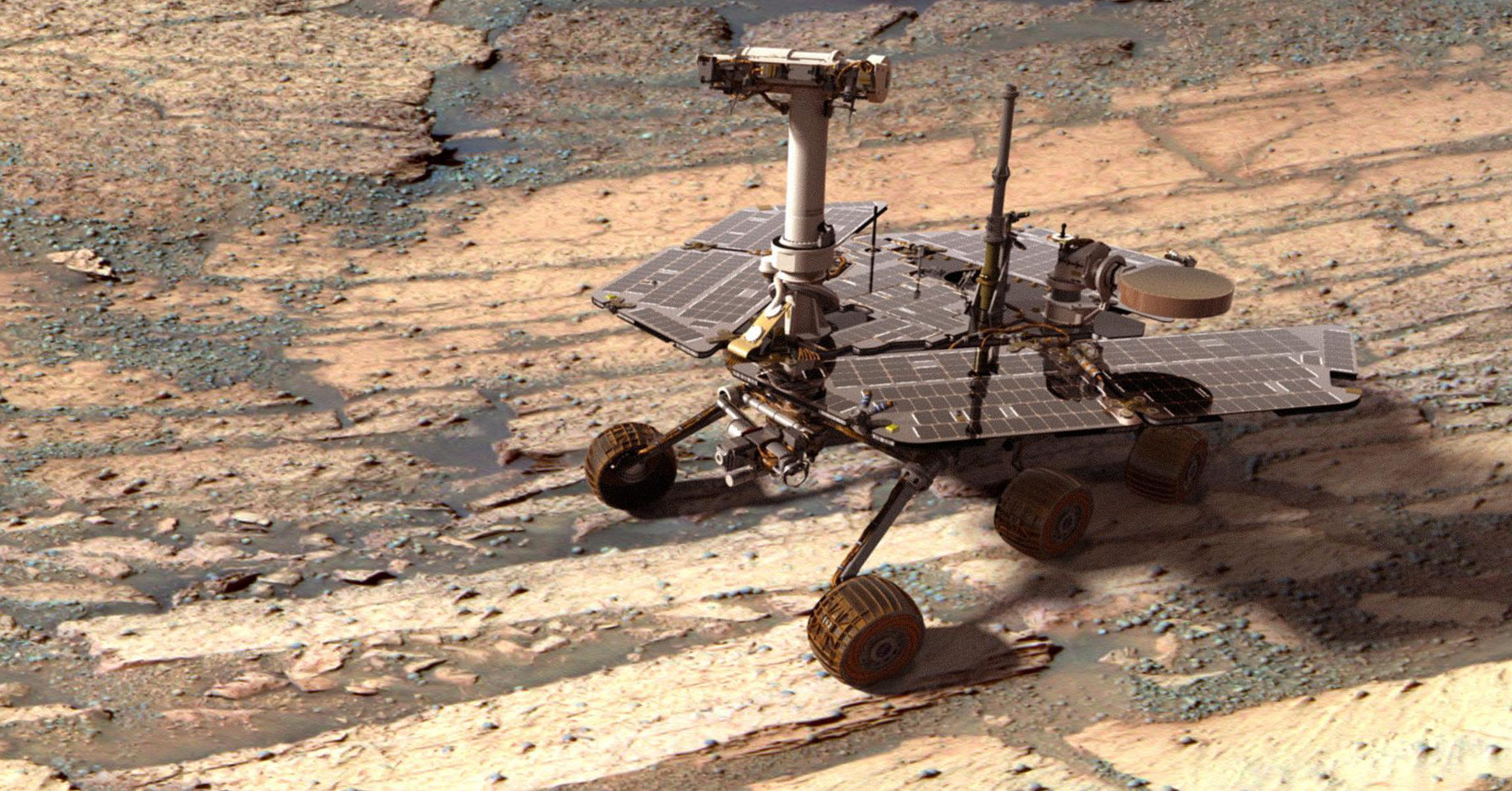
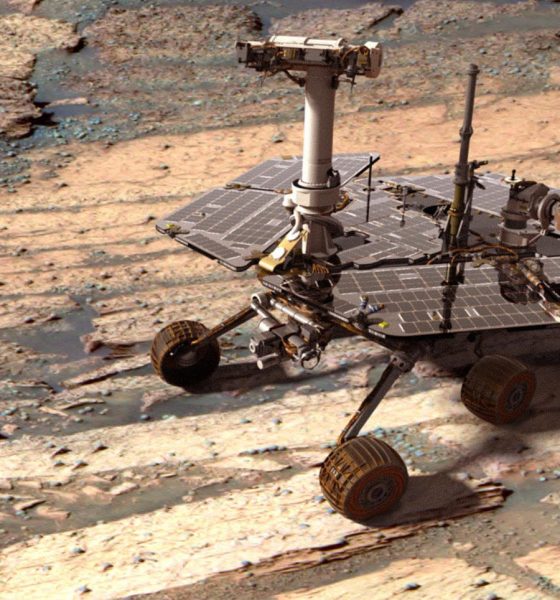
News
Fate of NASA’s Opportunity rover unknown as Martian dust storm reaches peak strength
As NASA’s Opportunity Rover continues to weather the massive dust storm engulfing a quarter part of the Red Planet, the silence from the resilient rover has now stretched to three weeks. Despite this, however, Dr. James Rice, co-investigator and geology team leader on NASA projects including Opportunity, recently stated that it is far too early to speculate the rover’s demise, considering the grit and durability the machine has exhibited over the past 14 years.
In an article on Spaceflight Insider, Dr. Rice noted that NASA received the last power reading from Opportunity on Sol 5111 (June 10, 2018), when the rover collected a measly 22 Wh worth of solar power. Just ten days prior to the reading, Opportunity was still able to collect 645 Wh of energy from the Sun. Despite the lack of sunlight due to the dust storm, however, Dr. Rice noted that the timing of the storm could work in Opportunity’s favor, since the warm Martian Spring could help keep the rover’s electronics from becoming too cold during the night.
“We went from generating a healthy 645 watt-hours on June 1 to an unheard of, life-threatening, low just about one week later. Our last power reading on June 10 was only 22 watt hours the lowest we have ever seen. Our thermal experts think that we will stay above those low critical temperatures because we have a Warm Electronics Box (WEB) that is well insulated. So we are not expecting any thermal damage to the batteries or computer systems. Fortunately for us it is also the Martian Spring and the dust, while hindering our solar power in the day, helps keep us warmer at night,” Dr. Rice wrote.
Opportunity is currently weathering the Martian dust storm on the slopes of Perseverance Valley, where it is analyzing the planet’s geology. As the storm broke out, NASA opted to keep the rover’s robotic arm deployed on its rock target, La Joya. The dust storm, which covered 15.8 million square miles (41 million square kilometers) as of mid-June, started at a rather unusual time. Dust storms in the Red Planet, after all, usually form during the Martian Summer. Only one other dust event during the Martian Spring was recorded by NASA back in 2001, but it started significantly later than the current storm.
Despite the very real danger Opportunity is facing, NASA remains optimistic about the resilient rover’s chances. Just recently, NASA’s Mars Exploration Program director Jim Watzin stated that the massive Martian dust storm silencing Opportunity might have already peaked. Considering that the storm took roughly a month to build up, however, Watzin noted that it could also be a “substantial” amount of time before the dust event settles enough for NASA to properly determine Opportunity’s fate, as noted in a Twitter update from Space News senior writer Jeff Foust.
Watzin: the Martian dust storm that silenced Opportunity may be peaking now, but it took a month to build up and thus could be a “substantial” amount of time before it subsides.
— Jeff Foust (@jeff_foust) July 2, 2018
Opportunity is currently the longest-serving rover on the Martian landscape. Launched back in 2004, Opportunity, together with its sister, Spirit, were designed to last for a 90-day mission. Both rovers proved far more durable than expected, however, with Spirit continuing its mission for six years before falling silent in 2010 and Opportunity still going strong well into 2018. Overall, the work done by Opportunity, Spirit, as well as the nuclear-powered Curiosity, have laid the groundwork for more ambitious missions to the Red Planet. Among these are Mars 2020, a machine based on Curiosity, as well as Europe’s ExoMars rover, both of which would be sent to Mars in order to find signs of life.

News
Tesla launches its new branded Supercharger for Business with first active station
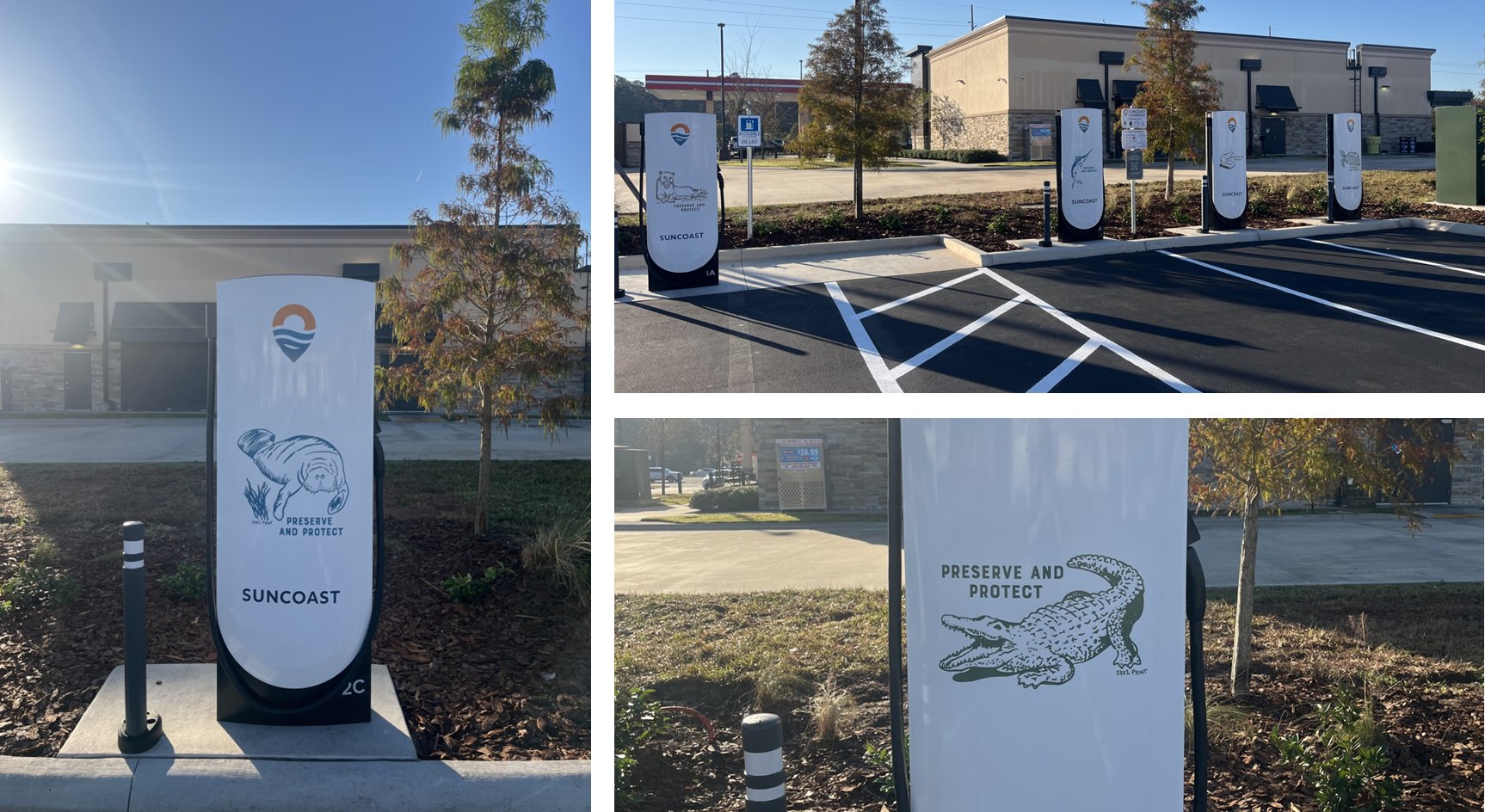
Tesla has officially launched its first branded Supercharger just months after initiating a new program that allows third-party companies to brand their own charging piles.
The site opened in Land O’ Lakes, Florida, and features eight V4 Supercharging stalls offering up to 325 kW of charging speed. It appears it was purchased by a company called Suncoast Credit Union. This particular branch is located Northeast of Tampa, which is on the Gulf of Mexico.
It features graphics of Florida animals, like alligators:
Here’s a video of the graphics being installed on the Tesla Superchargers at this site: https://t.co/oIfEPNZjAH pic.twitter.com/ENWakZ2qT9
— TESLARATI (@Teslarati) November 20, 2025
Tesla launched this program back in September, and it basically was a way to expand its Supercharger presence and also allow companies to pay for the infrastructure. Tesla maintains it. When it announced the “Supercharger for Business,” it said:
“Purchase and install Superchargers at your business. Superchargers are compatible with all electric vehicles, bringing EV drivers to your business by offering convenient, reliable charging.”
The program does a few things. Initially, it expands EV charging infrastructure and makes charging solutions more readily available for drivers. It can also attract people to those businesses specifically.
Tesla launches new Supercharger program that business owners will love
The chargers can also be branded with any logo that the business chooses, which makes them more personalized and also acts as an advertisement.
The best part is that the customers do not have to maintain anything about the Supercharger. Tesla still takes care of it and resolves any issues:
“We treat your site like we treat our sites. By providing you with a full-service package that includes network operations, preventative maintenance, and driver support, we’re able to guarantee 97% uptime–the highest in the industry.”
It appears the Superchargers will also appear within the in-car nav during routing, so they’ll be publicly available to anyone who needs to use them. They are still available to all EVs that have worked with Tesla to utilize its infrastructure, and they are not restricted to people who are only visiting the business.
Cybertruck
Tesla reveals its Cybertruck light bar installation fix
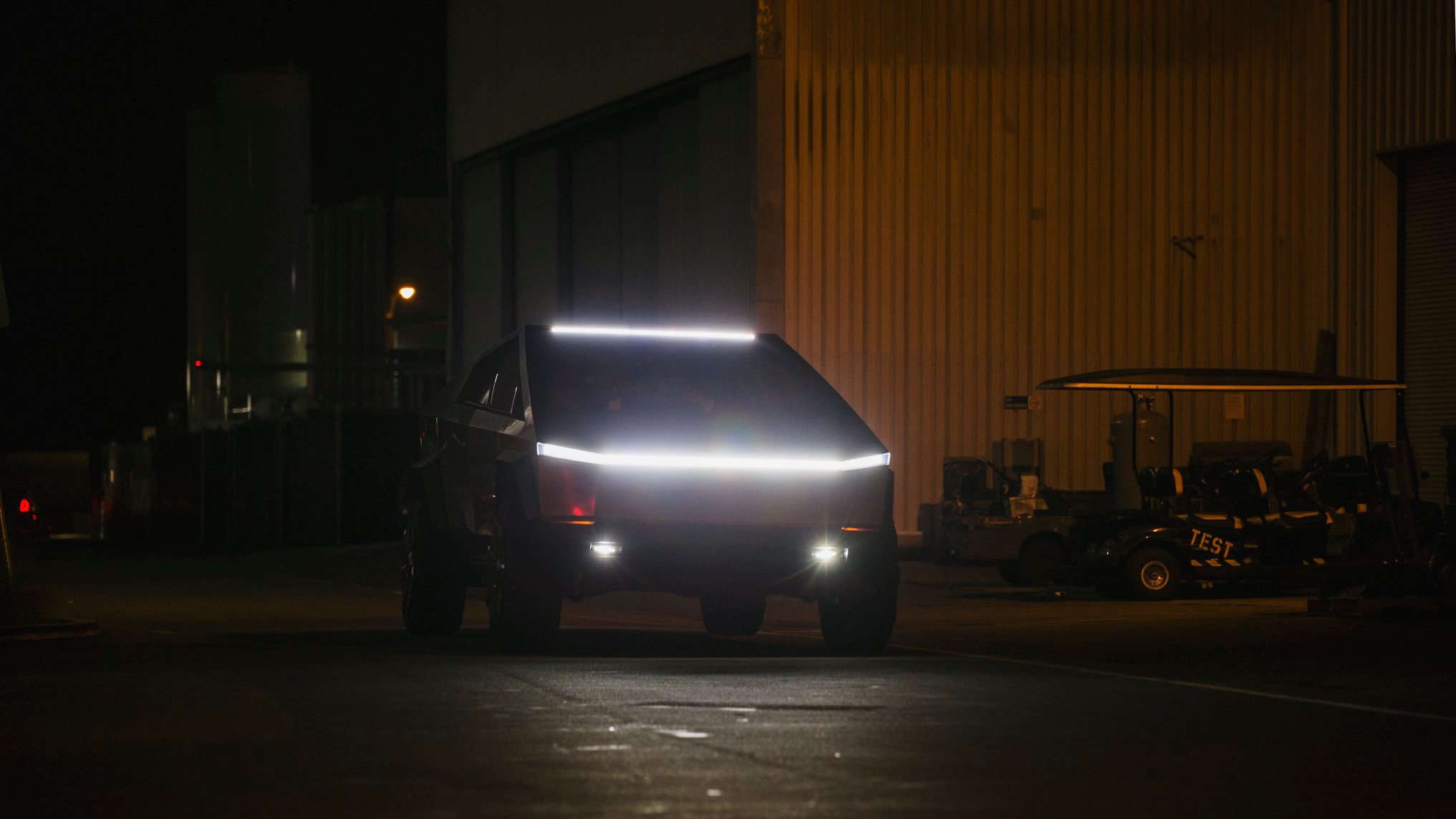
Tesla has revealed its Cybertruck light bar installation fix after a recall exposed a serious issue with the accessory.
Tesla and the National Highway Traffic Safety Administration (NHTSA) initiated a recall of 6,197 Cybertrucks back in October to resolve an issue with the Cybertruck light bar accessory. It was an issue with the adhesive that was provided by a Romanian company called Hella Romania S.R.L.
Tesla recalls 6,197 Cybertrucks for light bar adhesive issue
The issue was with the primer quality, as the recall report from the NHTSA had stated the light bar had “inadvertently attached to the windshield using the incorrect surface primer.”
Instead of trying to adhere the light bar to the Cybertruck with an adhesive, Tesla is now going to attach it with a bracketing system, which will physically mount it to the vehicle instead of relying on adhesive strips or glue.
Tesla outlines this in its new Service Bulletin, labeled SB-25-90-001, (spotted by Not a Tesla App) where it shows the light bar will be remounted more securely:
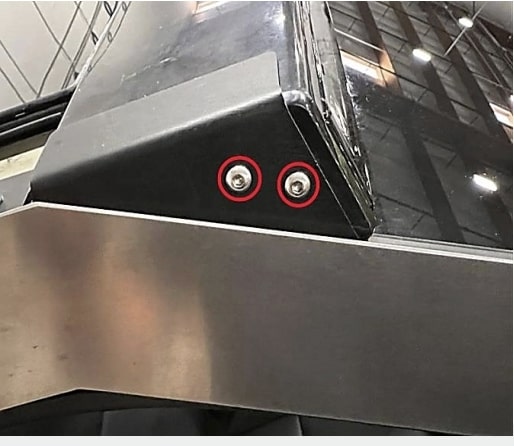
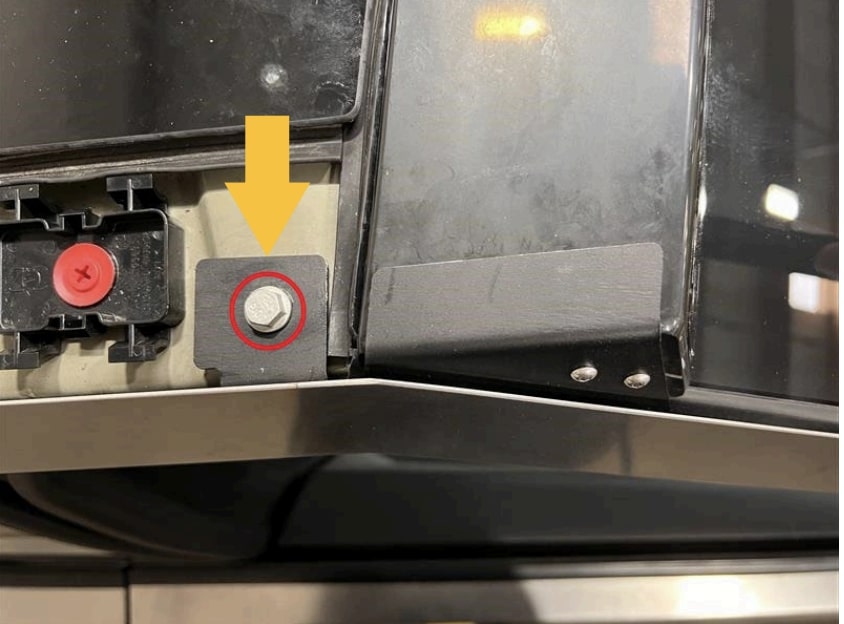
The entire process will take a few hours, but it can be completed by the Mobile Service techs, so if you have a Cybertruck that needs a light bar adjustment, it can be done without taking the vehicle to the Service Center for repair.
However, the repair will only happen if there is no delamination or damage present; then Tesla could “retrofit the service-installed optional off-road light bar accessory with a positive mechanical attachment.”
The company said it would repair the light bar at no charge to customers. The light bar issue was one that did not result in any accidents or injuries, according to the NHTSA’s report.
This was the third recall on Cybertruck this year, as one was highlighted in March for exterior trim panels detaching during operation. Another had to do with front parking lights being too bright, which was fixed with an Over-the-Air update last month.
News
Tesla is already expanding its Rental program aggressively
The program has already launched in a handful of locations, specifically, it has been confined to California for now. However, it does not seem like Tesla has any interest in keeping it restricted to the Golden State.
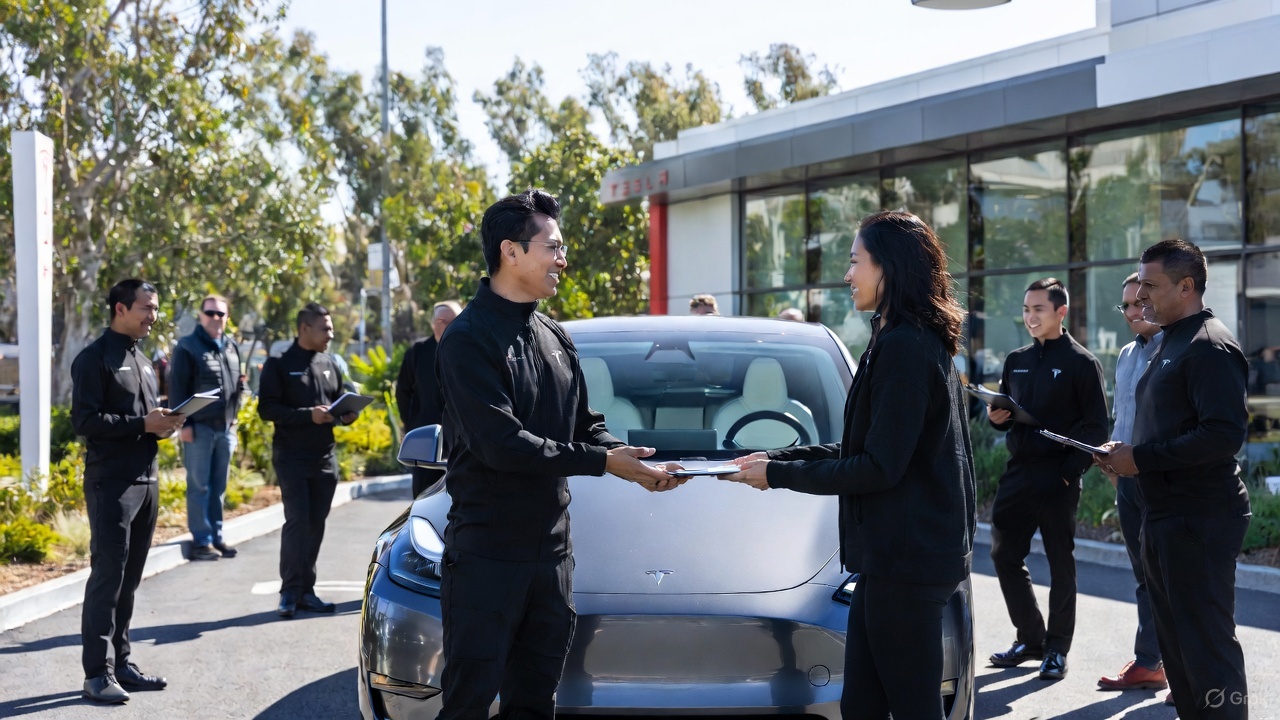
Tesla is looking to expand its Rental Program aggressively, just weeks after the program was first spotted on its Careers website.
Earlier this month, we reported on Tesla’s intention to launch a crazy new Rental program with cheap daily rates, which would give people in various locations the opportunity to borrow a vehicle in the company’s lineup with some outrageous perks.
Along with the cheap rates that start at about $60 per day, Tesla also provides free Full Self-Driving operation and free Supercharging for the duration of the rental. There are also no limits on mileage or charging, but the terms do not allow the renter to leave the state from which they are renting.
🚨🚨 If you look up details on the Tesla Rental program on Google, you’ll see a bunch of sites saying it’s because of decreasing demand 🤣 pic.twitter.com/WlSQrDJhMg
— TESLARATI (@Teslarati) November 10, 2025
The program has already launched in a handful of locations, specifically, it has been confined to California for now. However, it does not seem like Tesla has any interest in keeping it restricted to the Golden State.
Job postings from Tesla now show it is planning to launch the Rental program in at least three new states: Texas, Tennessee, and Massachusetts.
The jobs specifically are listed as a Rental Readiness Specialist, which lists the following job description:
“The Tesla Rental Program is looking for a Rental Readiness Specialist to work on one of the most progressive vehicle brands in the world. The Rental Readiness Specialist is a key contributor to the Tesla experience by coordinating the receipt of incoming new and used vehicle inventory. This position is responsible for fleet/lot management, movement of vehicles, vehicle readiness, rental invoicing, and customer hand-off. Candidates must have a high level of accountability, and personal satisfaction in doing a great job.”
It also says that those who take the position will have to charge and clean the cars, work with clients on scheduling pickups and drop-offs, and prepare the paperwork necessary to initiate the rental.
The establishment of a Rental program is big for Tesla because it not only gives people the opportunity to experience the vehicles, but it is also a new way to rent a car.
Just as the Tesla purchasing process is more streamlined and more efficient than the traditional car-buying experience, it seems this could be less painful and a new way to borrow a car for a trip instead of using your own.








